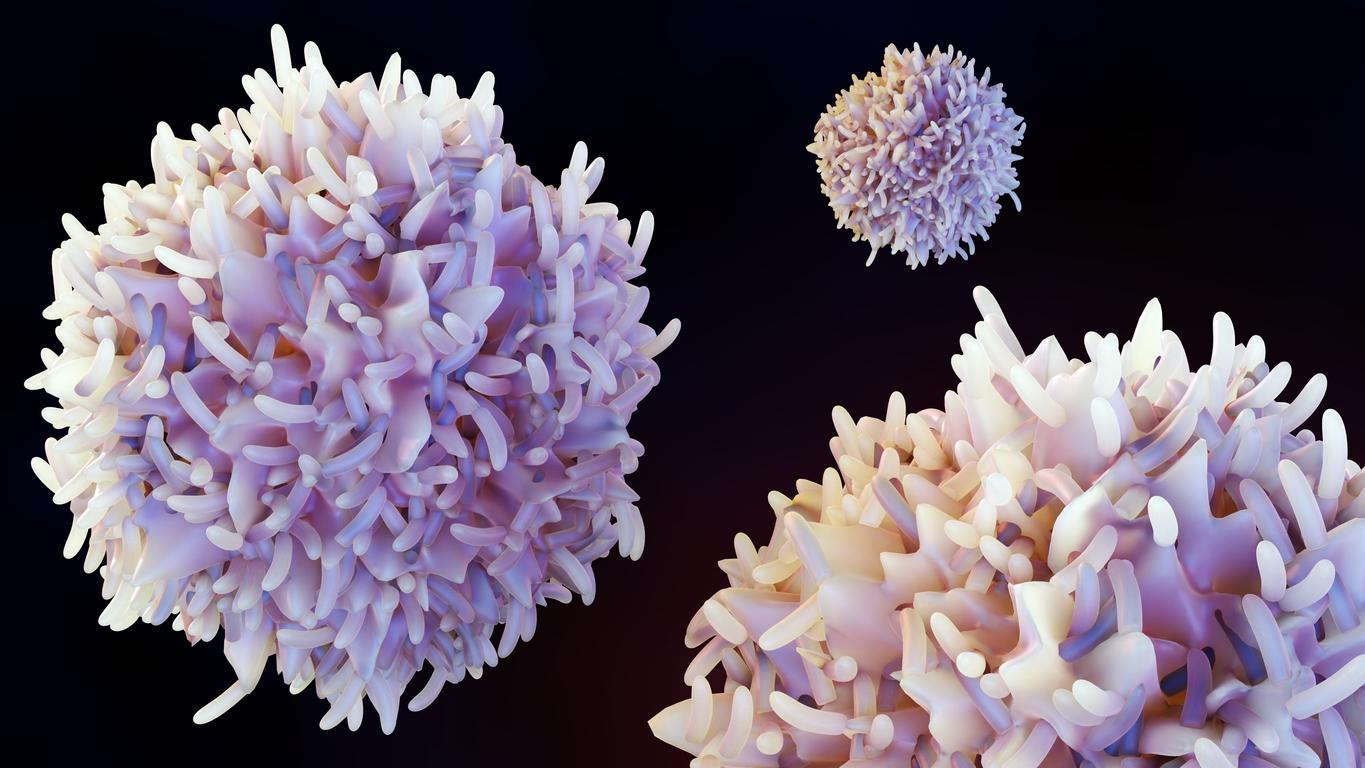Self-monitoring of moles is recommended for early detection of melanoma. And indeed, a study, published in the Journal of the American Academy of Dermatology, reveals that more than one in two is detected by the patient himself. Scientists analyzed the case of 783 patients diagnosed with melanoma between 1996 and 2012. They were thus able to establish correlations between the person who discovers the cancer, the clinical presentation and the course of the disease.
53% of participants thus discovered their melanoma themselves. Among them, a third came for a consultation because of bleeding, itching, pain or enlargement of a nodule (rounded lump under the skin). However, self-detected melanomas are thicker, more often ulcerated, metastasize more frequently, and are also more fatal than when met by a dermatologist. However, 80% of them spot them by chance.
Better off women
Inequality is also about sex. Women detect these skin cancers more than men, whose melanomas appear more in places that are difficult to access. They are in fact more difficult to spot. Cancers detected by women also have a better prognosis than for men, and particularly for those over 70 years of age. For the authors of the study, this is one reason that should push the authorities to encourage education in self-detection in this age group.
To read also
Skin cancer: melanoma would be more aggressive on black skin
Plantar melanoma more common on the bearing areas of the feet
Skin cancer: carcinoma or melanoma?


















